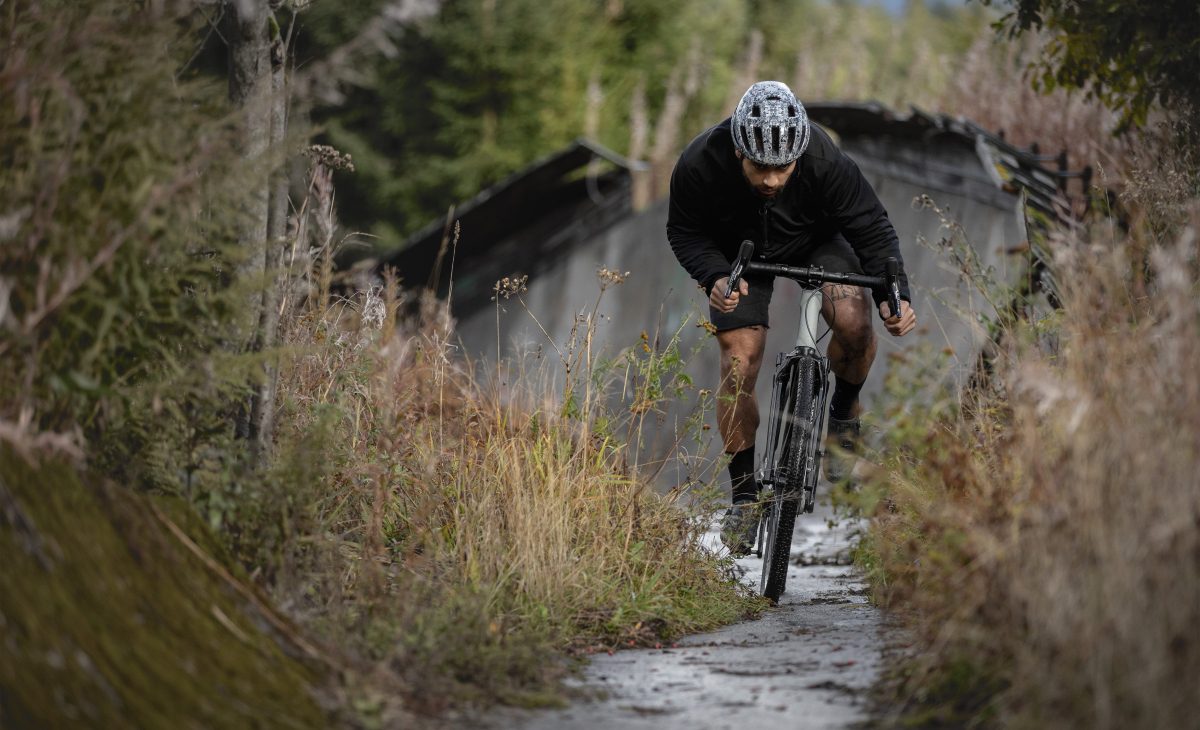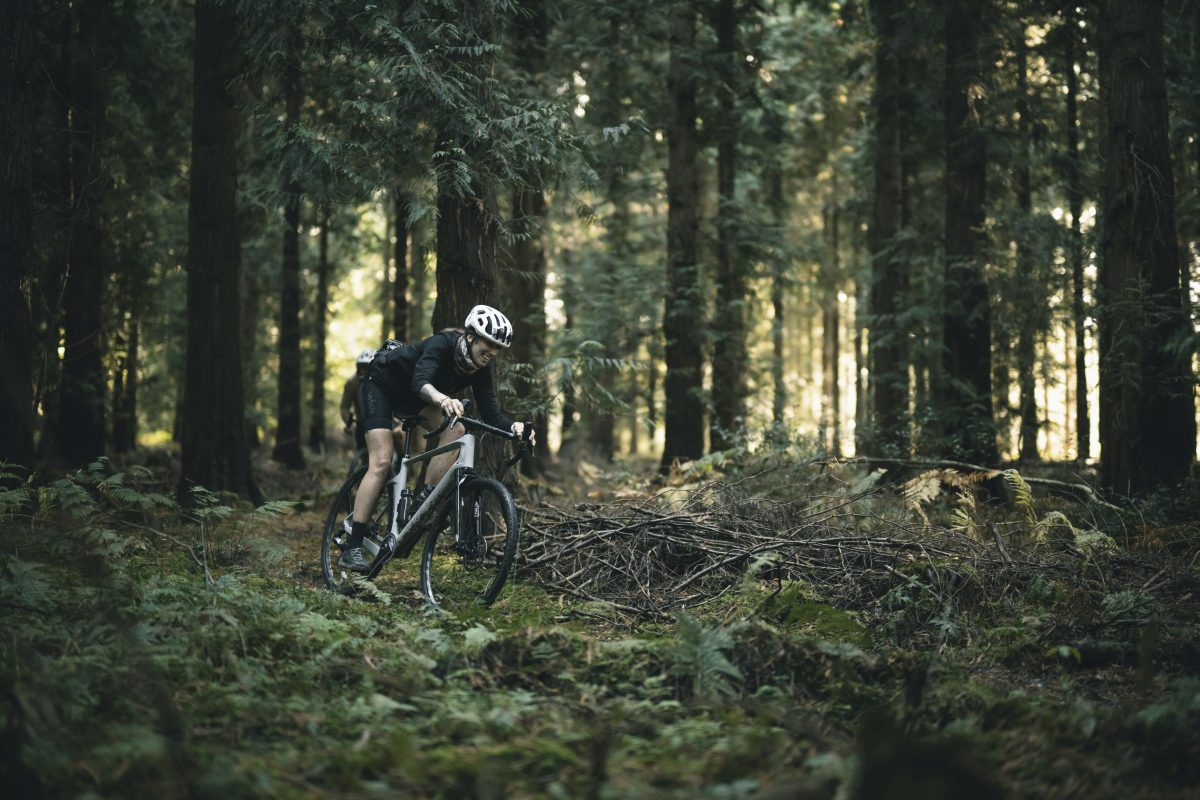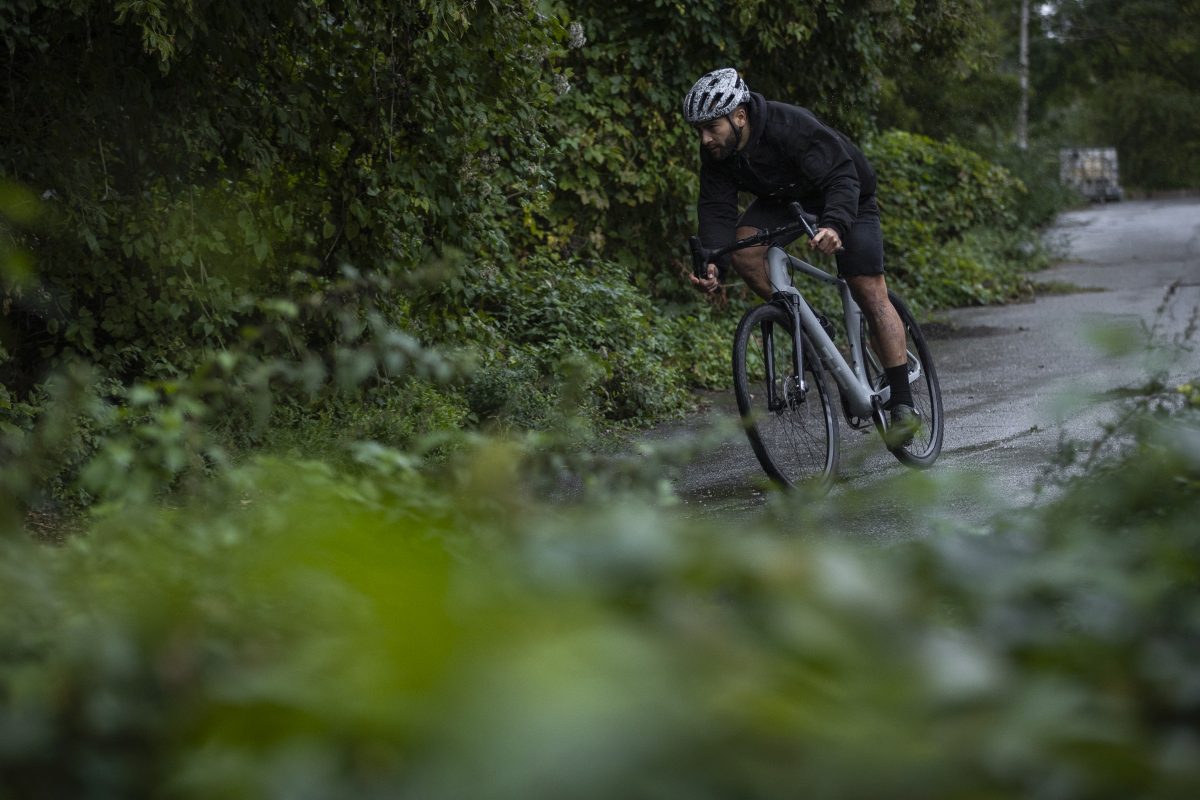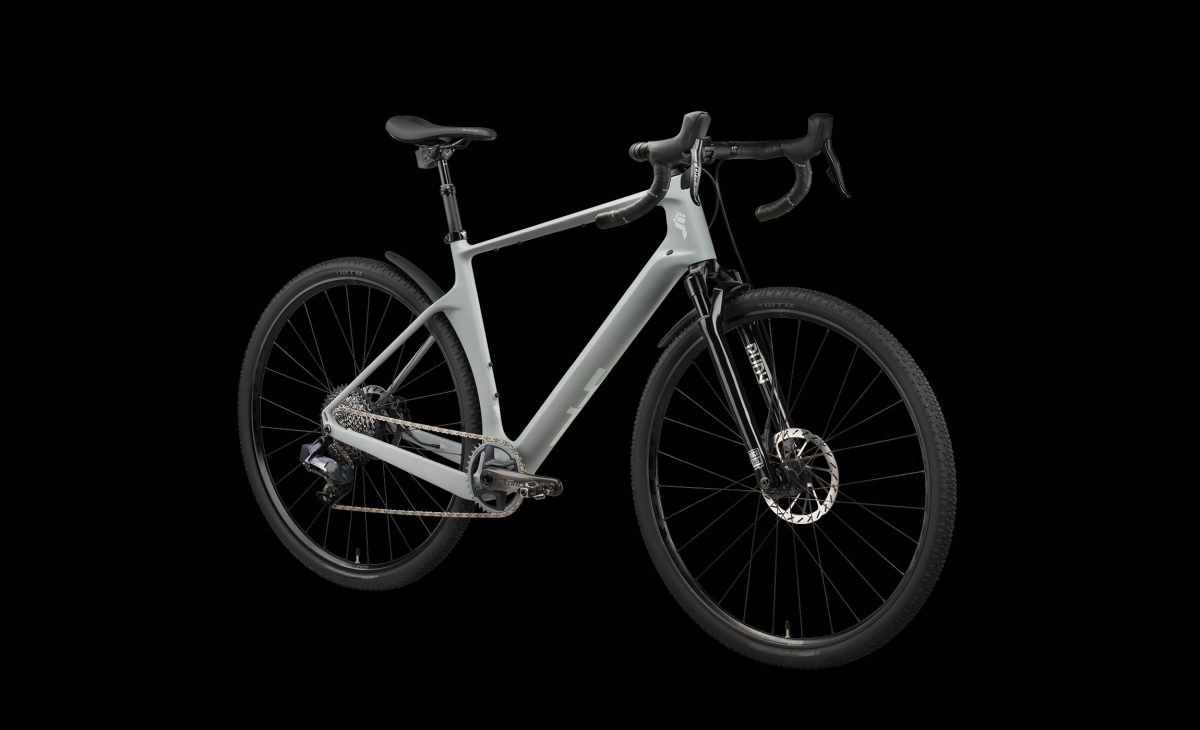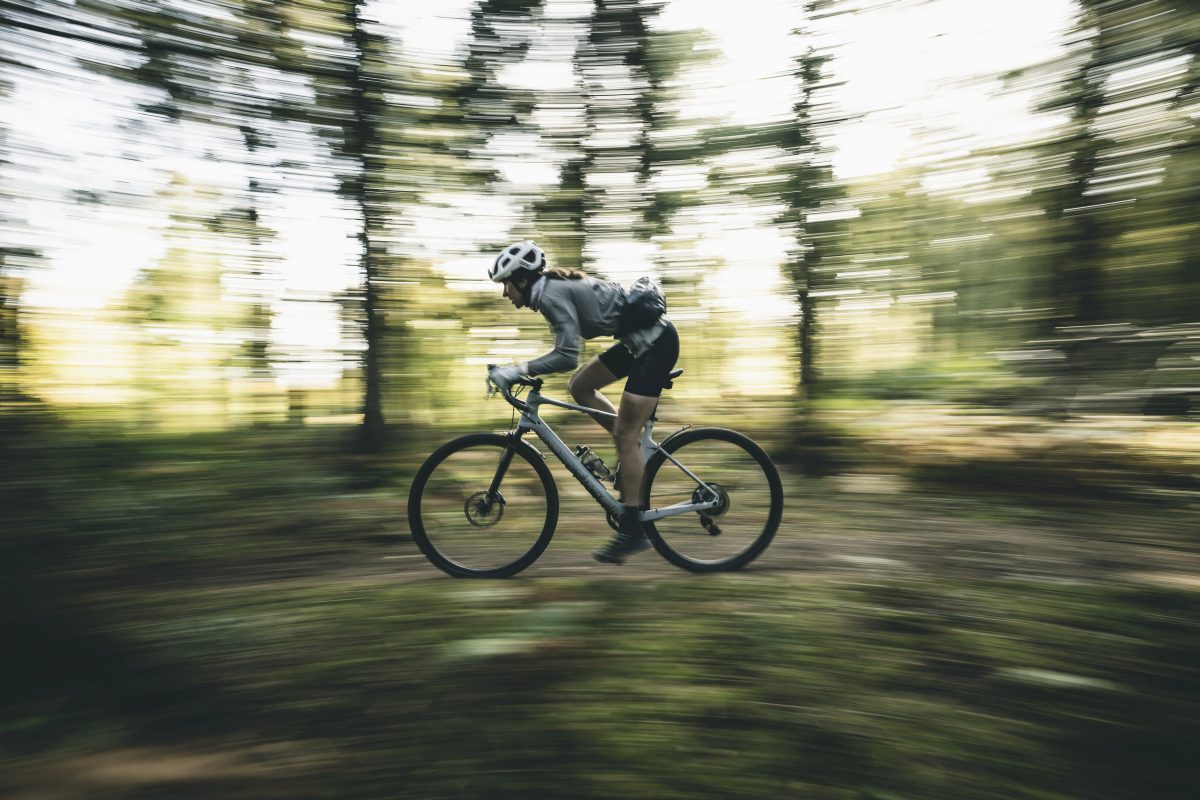How YT Industries went from gravity to gravelly with the YT Szepter
The company’s product development manager on engineering fun
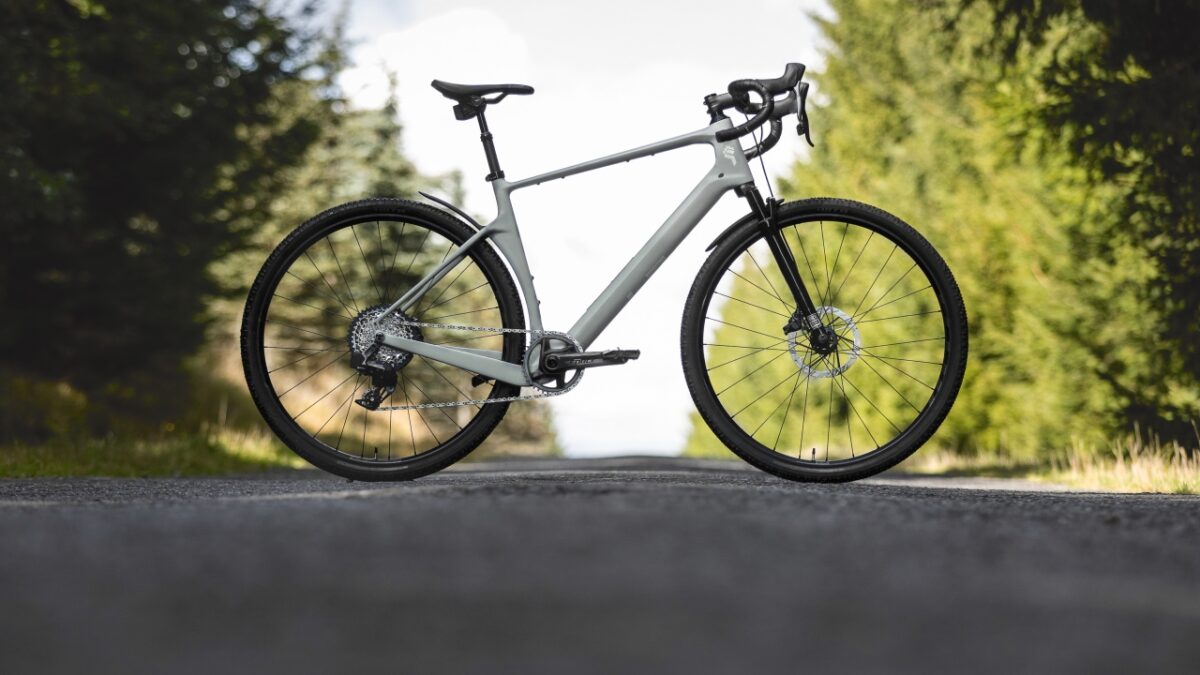
In 2016, the R&D team at YT Industries started tinkering with gravel bikes. The company is known for its gravity-oriented mountain bikes that can head down singletrack at speed. “Everything we do is focused on good times on the trails,” says Frank Dörr, product development manager at YT. As designers looked at the gravel bikes at the time, they noticed that the machines were a little too businesslike, not so concerned about those good times. “The team had the feeling that what was missing from gravel bikes was the fun part,” Dörr says.
Here, Dörr explains how he and his team put the fun into their gravel bike, as well as where gravel riding can take you.
You’ve said that there are 1,000 good reasons for a gravity brand like YT to create a curly-bar gravel bike. So why, then, did you and your team make the Szepter?
Because it’s fun. Because it’s fun to ride that bike on forgotten trails or trails you still ride.
Going back a few years, we had been seeing drop-bar bikes in the woods. And that’s where we live. That’s our territory. So we were like, “What’s going on here? That doesn’t make sense. Why is there a drop-bar bike here? Maybe he got lost?”
Then, we started to investigate and test bikes. We and our development partners had all noticed that there was space for improvement, not so much in terms of frame material, but in the ride quality and the components, which were made for the road. It didn’t make sense to bring those components to the trails.
So, we decided the gravel bikes were good fun. They offered a good challenge. They were pure riding. But we could do better.
What do you mean by pure riding?
A gravel bike has speed, simplicity and efficiency. I come from a mountain bike background, so when you compare gravel with that, there’s not much gear needed. You know, there‘s no body protection, no neck braces, no knee pads, no full-face helmet. With gravel, just give me a helmet. I can clip in the shoes and I’m ready to go. I could wear shorts or jeans. I don’t care. I’m just disappearing in the woods.
Tell me one of the features you wanted the bike to have?
As a mountain bike guy, riding trails with a drop-bar bike can be scary because it has a weird-shaped handlebar. The brakes are in a weird position as well. That’s where we started our mission to amplify riders’ confidence with a gravel bike. And, it’s not only for a mountain biker taking a drop-bar bike on a trail, but there’s a similar struggle for a roadie who wants to get away from the cars and the crowded streets and hit trails. So to amplify riders’ confidence, it was not just about picking the right parts, but the geometry of the bike, too.
I want to discuss geometry some more, but first, a little more about components, especially a suspension fork. At YT, it was important that the Szepter didn’t have a rigid fork. Why was that?
I mean, your eyeballs pop out when you hit a trail with a rigid fork, if it’s made out of carbon fibre. There’s a suspension fork but it’s not because we love to do big hucks. It’s not for jumps. Well, you can do that. That’s fine. But the highest priority is staying on the bike for hours, doing long rides and avoiding pain points, and yeah, generating confidence. The suspension fork provides you with grip and comfort.
Tell me about the head-tube angle. It’s 69.3 or 69.4 degrees depending on the frame size. During your research, you noticed that many gravel bikes had head tube angles that were close to road bikes, 72 to 73 degrees. The Szepter isn’t as slack as your mountain bikes. For example, the Capra is 64.2/64.5 degrees (depending on how the flip-chip is set). How did you settle on the head-tube angle of the Szepter?
The engineers have several points they have to set up and work with, like bottom bracket height and fork length. Then from our experience with mountain bikes and our test rides on gravel-bike mockups, it’s trial and error. It’s not like one shot and it’s right. It’s a longer process and that requires good teamwork to find the conclusion.
The stack height of the Szepter is taller than most gravel bikes. Can you tell me why stack was so important?
It comes back to comfort. A higher stack height will keep your neck and lower back from getting sore. If you are in the drops and the stack height is not high enough—and maybe you’re a bit older—you’ll get a stiff neck because you’re straining to lift your head. And we don’t want people to suffer. Again, it’s about people having fun on the trails.
More stack is safer, too. We’ve noticed that if you’re going off-road, the safest position is holding onto the drops because that’s where you do have the biggest power when you’re braking. You have more control in the drops. If you’re riding roots with your hands on the hoods and you hit a bump, you could lose your handlebars.
Going back to the head-tube angle, if it’s too steep, the bike gets nervous. With the reach, if you go longer, it expands the wheelbase and makes the bike more stable.
What’s the role of the 74-degree seat-tube angle on a bike like the YT Szepter?
In terms of ride ergonomics, you have to have a super efficient pedal position. The seat-tube angle can help to put you in the right position to generate power. And, again, it also helps you to avoid pain points, like lower back pain or knee pain.
When it comes to the overall design of the frame, if you want the longer reach and a longer top tube, then you can’t have a slack seat-tube angle. That would put you in a bad position. You’d be pedalling “from the back” in a sense. You’d wouldn’t be engaging the right muscles for your pedal stroke.
The head-tube and seat-tube angles are the same across the Szepter’s sizes—small, medium, large, extra large and extra-extra large. (The small is actually a tenth of a degree slacker.) Some companies change the angles as the frame size increases. Why did YT decide to keep the numbers the same with its gravel bike?
Changing the geometry didn’t make sense to us. It’s not like a rider with a small-size frame needs the bike balanced differently than the extra large.
You have the suspension fork up front, but did you engineer any compliance in the frame itself?
It happens around the connection with the seatstays and seat tube. The seatstays connect to the seat post a bit below the top-tube connection. There is a pivot point, so flex gets generated between the seatstays, the seat-tube and the top-tube connection. With a slow-mo video analysis, you’ll see the seat tube can actually move to a certain degree back and forth due to the flat top-tube connection, the slim seatstay connection and the offset between the two.
The bottom bracket, down tube and head tube need to be stiff for pedalling efficiency and steering precision. But components, like the fork and tires, add compliance. There’s clearance for a 45c tire in the rear and a 51c in the fork.
Tell me about the cut-out or the shape of the seat tube beneath the seatstays?
Our designers used that shape to implement a kind of fender in the seat tube. So, it’s concave on the side facing the tire to keep mud and spray at bay.
What’s the significance of the mounts beneath the top tube?
That’s our push forward in the bike industry or storage industry. We’re screaming, “Can you please develop frame bags without any hook-and-loop straps?” We don’t see bottle cages attached to down tubes with hook-and-loops straps instead of bolts. So, why the heck does it make sense to load a frame bag and put it on a bike with straps? There’s a standard for bottle cages, so why can’t we establish one for bags attached within the frame?
What has the gravel bike shown you about riding in general?
To me, the most interesting thing about gravel riding is how it can bring together two different parties. Mountain bike riders and road cyclists can be at the same event going out for a ride on the same bike. No one will care about white socks and white shoes. The gravel bike is a nice tool for bringing people together. That’s what we saw at our media camps, and that’s why I love riding gravel bikes. They break down boundaries. Everyone is just a bike enthusiast in the end.
This story is supported by YT Industries.
